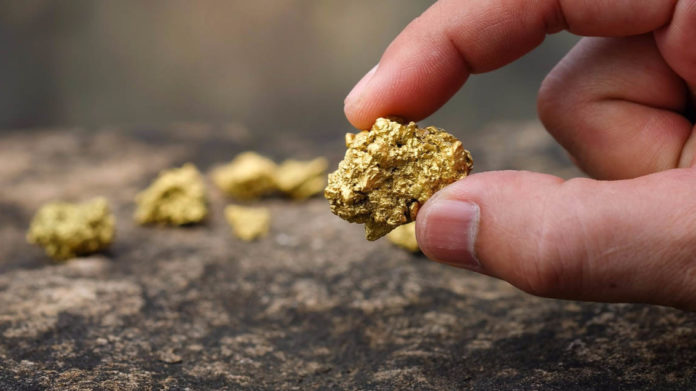
NEAL Froneman, CEO of Sibanye-Stillwater, said the company could marshall up to $3bn in cash and press recently re-rated equity into action as it sought a new acquisition in the gold sector, and take toe-in-the-water stakes in the primary and downstream battery metals market.
The company generated R19.9bn in free cash flow in its 2020 financial year, helping to send the company’s shares to a 55%, 12-month gain. This was sufficient a re-rating to warrant using shares to finance acquisitions, said Froneman in an interview. The need to do that in gold was becoming urgent, he added.
“At $13bn (Sibanye-Stillwater’s market capitalisation) you are not relevant,” he said of the company’s place in the precious metals market. “Those companies that are smaller than this are definitely not relevant.” He considered consolidation in the gold sector a necessary and inevitable step. “It’s going to happen, wherever you think the gold price is going.”
Earlier on Thursday, Mark Bristow, CEO of the $37bn Barrick Gold, told Miningmx that his company would refrain from merger and acquisition activity for the time being because there wasn’t enough visibility in the gold price. The dollar price of gold gained as much as 54% in the past three years; on a 12-month basis, it is 11% higher.
“Gold is only about 13% of our portfolio. As a metal, it sits nicely with PGMs (platinum group metals) because it is counter-cyclical. But to make a difference to us [adding gold] requires a material transaction. We have been actively looking for the last 18 months,” Froneman said.
Speaking at the presentation of Sibanye-Stillwater’s annual presentation, in which the company reported record normalised earnings of R30.6bn, partly helped by a 40% improvement in the rand gold price, Froneman said the company would deploy between $1bn and $3bn cash in a transaction.
He added that the company’s management was “not the type” to sit on its hands letting cash accumulate. “We’ve seen some studies that more than a dividend yield of about 4% is not really accretive to shareholders,” he said.
One (or two) transaction(s) that may materialise this year is in the battery metals space. Froneman said the company intended to bring mining expertise to a potential acquisition target that had owned a primary battery minerals asset, with near-production prospects, or was near to generating cash.
Additional investment in downstream battery minerals production was also on the cards. “We don’t want to be a mining contractor,” said Froneman of a situation where primary producers of minerals such as copper, nickel, lithium or graphite had an offtake agreement with a buyer, currently predominantly Chinese.
Froneman said it was important where this second battery minerals investment was situated. “It might be in Europe where there is strong automotive demand or in the US,” he said.









